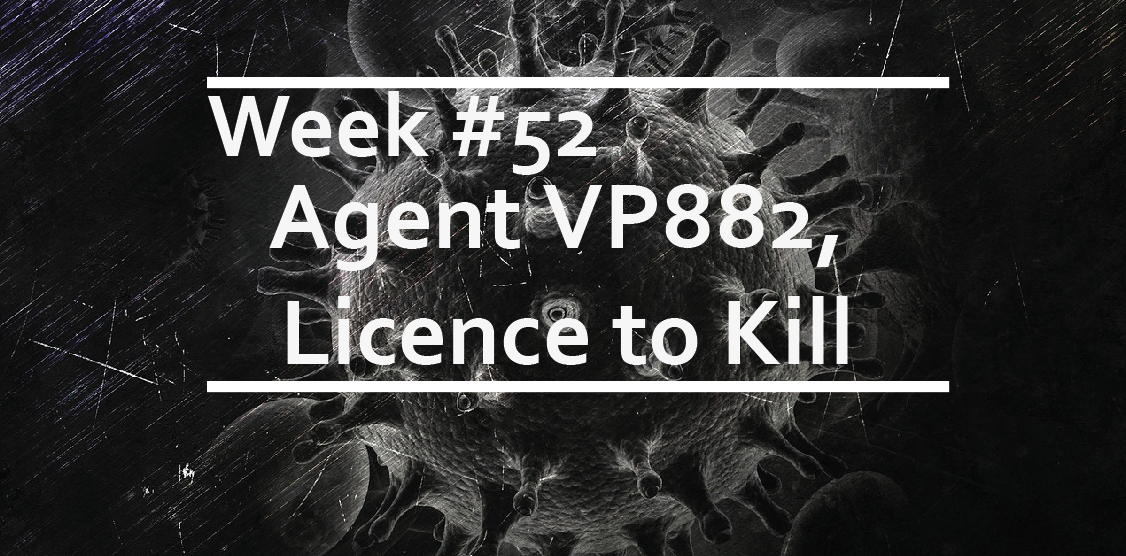Replicate and destroy or hold fire?
Viruses hijack host cells, which they force to produce thousands of identical copies of the original virus. Often, this forced-labor destroys the host cell, which is broken open (lysed), freeing the viral progeny to find and infect new host cells, thus spreading the virus. However, it would not make sense for a virus to destroy a host cell if there was little opportunity for its progeny to spread, right? Viruses know this and continuously confront the same central decision: lie-low and bide your time, or replicate and lyse.
Bacteriophages and the lytic vs. lysogenic cycle
Bacteriophages (or phage for short) are a class of viruses that infect and replicate within bacteria and archaea. Like all other viruses, once inside its bacterial host, the infecting phage must make a choice: 1) To hijack the host cell’s cellular machinery for its own replication, ultimately killing the host cell and releasing viral progeny (the lytic cycle); or 2) to integrate itself into the host genome and wait of a more opportune time (the lysogenic cycle). In the latter, the genome-integrated phage (called a prophage), is passively replicated as the host cell divides. Intuitively, the lytic cycle might seem the more beneficial: allowing the phage to spread rapidly. But what if there were no host bacteria nearby for the viral progeny to infect, or the host population was in decline? In such cases, there is an advantage in following the lysogenic cycle. Thus, the optimum strategy for the phage depends on the broader context. To deal with this problem, viruses have evolved mechanisms that allow them to switch between the lytic and lysogenic cycles.
Quorum sensing and viral wire-tapping
In the 1990s, Bonnie Bassler discovered the use of chemical communication between bacteria, which gives these bugs (both Gram-positive and Gram-negative) the ability to detect and to respond to cell population density (e.g., restricting the expression of certain genes to the high cell densities at which the resulting phenotypes will be most beneficial). This type of chemical communication is known as quorum sensing (a quorum is the minimum number of members of an assembly necessary to conduct the business of that group). The discovery of quorum sensing revolutionized microbiology and created opportunities to target quorum sensing in the development of antibacterial agents. Recent studies have shown the clinical promise of quorum sensing inhibitors and quorum quenching enzymes for decreasing bacterial pathogenicity and biofilm formation. While we humans should rightly feel clever about working all of this out, it seems we aren’t the first to realize the potential of quorum sensing. The recent work from Justin Silpe and Bonnie Bassler shows that bacteriophages eavesdrop on their bacterial host’s chemical communication and use this information to decide whether to follow the lytic or lysogenic cycle.
VP882, the spy in the camp
Silpe and Bassler describe how the phage VP882 avoids the risk of untimely lysis by listening-in on its host’s quorum sensing. By remaining in the lytic cycle until the bacteria announce that their population is dense, VP882 can then progress to the lysogenic cycle with confidence that, upon lysis, the viral progeny will find plenty of new host cells. All this is achieved through the phage-encoded quorum-sensing gene vqmA (VqmA Phage).
A huge clinical potential
Having discovered this lytic-lysogenic decision-making mechanism, Silpe and Bassler were then able to manipulate VP882 by feeding it misinformation, effectively turning this phage into a potent bacteria killer. Clearly, this approach holds huge clinical potential and carries on a long-running tradition of phage therapy (the potential of which was first recognized in the 1920s). And while phages are typically fussy about their bacterial hosts, VP882 isn’t. Silpe and Bassler show how VP882 can infect Vibrio cholerae (cholera), salmonella, and E. coli, three evolutionary distant human pathogens.
Phage therapy version 2.0
The discovery of this novel mechanism for listening-in on bacterial communication and to supply false information to the phage, together with VP882’s broad host range and further opportunities to engineer the virus, it certainly looks like old-fashioned phage therapy is ready for a re-boot!




